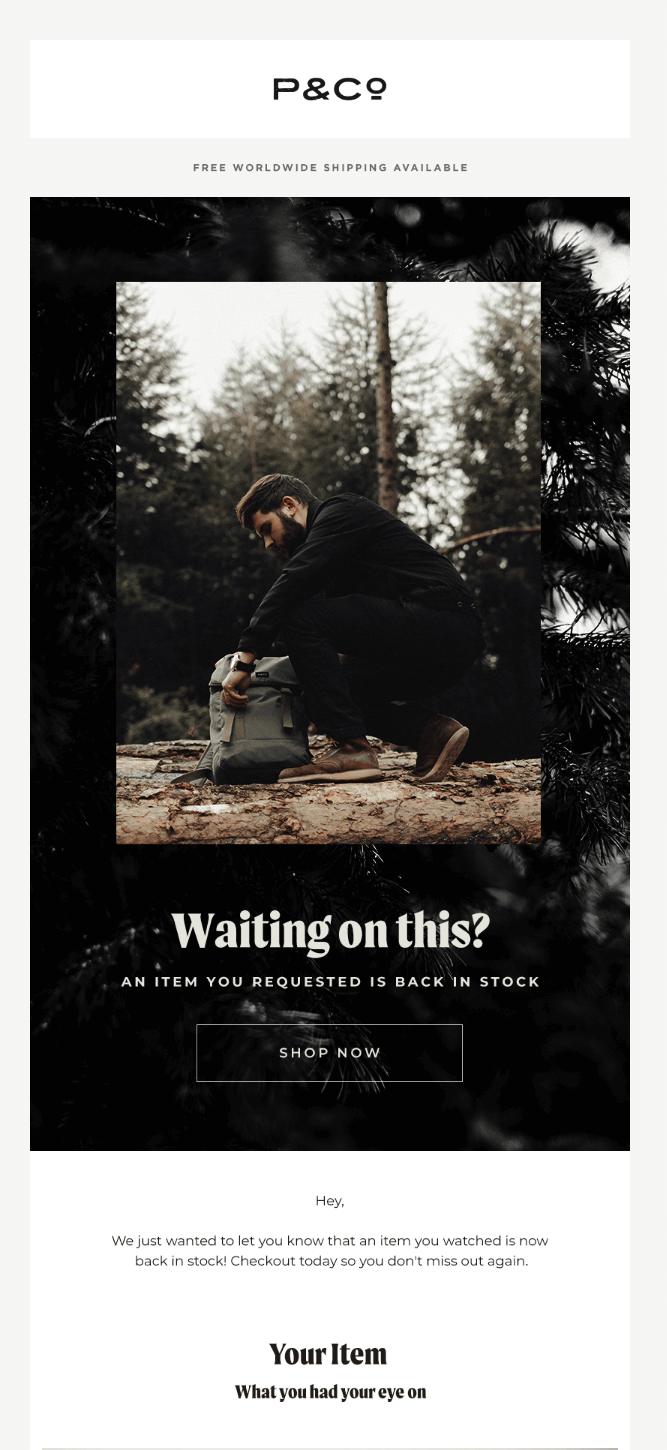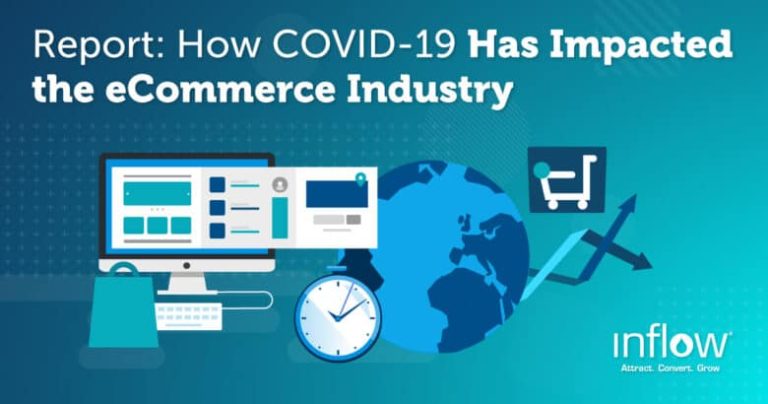

“Disruption” is a painful and ugly word anywhere in business, but particularly if you are in the world of eCommerce. Often, customers turn to eCommerce brands because of the perceived convenience factor that comes with shopping online. But as an eCommerce merchant, what position are you in if supply chain trouble is beyond your control and is affecting your ability to fulfill orders?
COVID repercussions, the Colonial pipeline ransomware attack and even an immense cargo ship becoming wedged in the Suez Canal are all recent examples of a world experiencing uncertainty and delays as it seeks to get back to the normal we used to know. The threat of a disruptive crisis won’t ever go away, but there are smart precautions you can take to protect your customer from the worst impacts of the unexpected.
In this blog, we’ll offer tips for you that can keep disruption to your business from unraveling to the point of chaos.
It’s Still True: Forewarned is Forearmed
Most disruptive events usually have some lag time before they reach a supply chain. Being able to take advantage of even a little lead time can be a saving grace for your eCommerce operations.
If your sales strategy involves campaigns or specials, that is particularly dangerous terrain if it becomes clear that outside events are going to impact your ability to deliver. Promoting a product heading into a shortage is just throwing the door wide open to creating dissatisfied customers. When it comes to sales strategy, you need to make sure all decision-makers are on the alert for disruptive events. It would also be wise to establish a process, if you don’t already have one, for sharing red-alert information appropriately across all segments of your operation if a sudden supply issue is forming for your near-future. Market giants like Amazon are digging in hard to adapt to this mode . There’s a very good chance your eCommerce operation needs to be considering the same factors.
Be Ready with Alternatives
It’s a slippery slope if a popular mainstay product suddenly comes into short supply because of an outside event. Well-established eCommerce sites can speak from experience that customers expecting a product delivery don’t have much patience for any excuse, no matter how valid the reason may truly be. However, you can minimize this kind of trouble by being the best kind of manager for your site.
If you’ve ever been in a brick-and-mortar hardware store and come in seeking a solution to an urgent problem at home, you may have left that store holding it in even higher regard if a knowledgeable employee took the time to listen to you and then was able to recommend an even more effective alternative you were unaware of that addressed your problem. This mindset applies to digital storefronts as well. If you have developed a flexible and responsive eCommerce platform to operate from, you should have the ability to create messaging to let customers know when they encounter a popular out-of-stock item what alternative options you do have in stock that could work as a substitute. The customer may be unaware of that item or not thinking of it in terms as being a suitable alternative – if you unexpectedly fill that role for them, like the hardware store example above, you have a chance to strengthen that customer’s loyalty to your brand.
Embrace Their Problem By Helping to Own It
If no other product but the one that has been impacted by supply problems will do, strive not to just leave the customer out in the cold. If you have an expectation on when a product is likely to be back in stock, be conservative in how you deliver that information, but also if your site has the flexibility to do so, let the customer know the time frame of when you expect to have the product back in inventory. Out-of-stock events happen even in normal times and it’s estimated that when they do, it costs retailers across all channels up to $1 trillion in lost sales per year.
Even better, if your platform has the capacity on a permanent basis to capture individual customer information and preferences, investigate whether or not you have the capability to set up an alert system for the product. Promise the customer if they leave necessary information such as their name and email address, you will notify them promptly as soon as the product does become available.
The customer wins by feeling like they have at least taken one positive step towards securing a product they have a strong need for, and you win by gaining the information that not only does this customer purchase this item, but that it is a high-priority item for them. You could even turn it into a goodwill opportunity in the future, at a time when the product is back in regular supply, to offer it back to the customer at a discount as a special, acknowledging their previous painful experience. Finally, don’t forget to recognize the universality of the problem – once the supply issue starts to clear up, there will be untold number of potential customers who were missing the product for every one that you know about and can contact. Promote a restoration of product supply on your site and in your email/social media efforts. P % Co. has a great example of this.


Not All Supply Chain Issues are Created the Same
Once you have your whole operation on alert about the acute issues caused by supply disruptions, you need continued vigilance throughout the operation as to opportunities to mitigate the problem.
Although both are likely based on logistics and transportation, an inbound supply problem can have a different solution than an outbound supply problem. Make sure your back office is looking for opportunities to clear up supply issues through all means possible. Optimally, you would rather not have to dig down into the dirt to alleviate such detail-related issues, but being unable to supply a popular item is not an optimal situation. Other companies already understand they need to do this. If you have your staff on alert for potential work-around solutions and it pays off, you’ve got a chance again to please a customer through demonstrating extraordinary effort.
Shortages for Retailers Can Be Opportunities for Etailers
A final key point is to not lose sight when a widespread product supply issue develops:you have natural advantages by being engaged in eCommerce. Short-supply products almost always have some availability somewhere. The impacts of the pandemic over the last year have already shifted buying habits in a favorable direction for eCommerce in many sectors.
As an eCommerce brand, you aren’t tied to an operation in a fixed location. Look for opportunities to exploit that edge, and when they are solidified, don’t be shy about promoting that information on your eCommerce platform.
Conclusion
You can’t stop supply-chain disruptions from cropping up. But you can be better prepared for them. Proper planning, dexterity throughout your operations and knowing how to best utilize the flexibility built into your eCommerce platform to help customers navigate these episodes are all important solutions to be aware of as you look to keep your site’s reputation as stellar as possible for your valued customers.
Get in Touch
Connect with one of our experts today to discuss your eCommerce needs!
Contact Us








